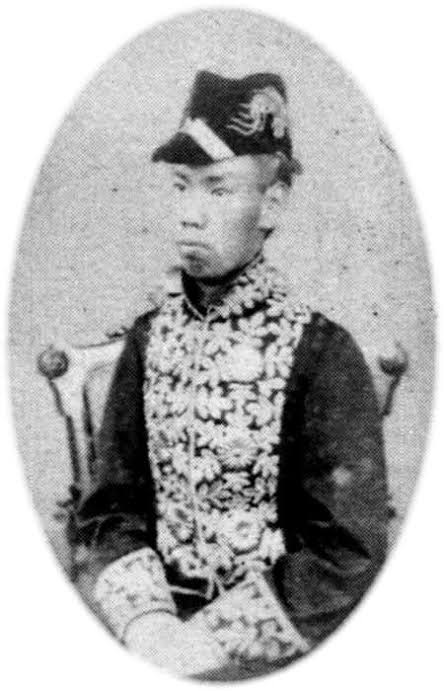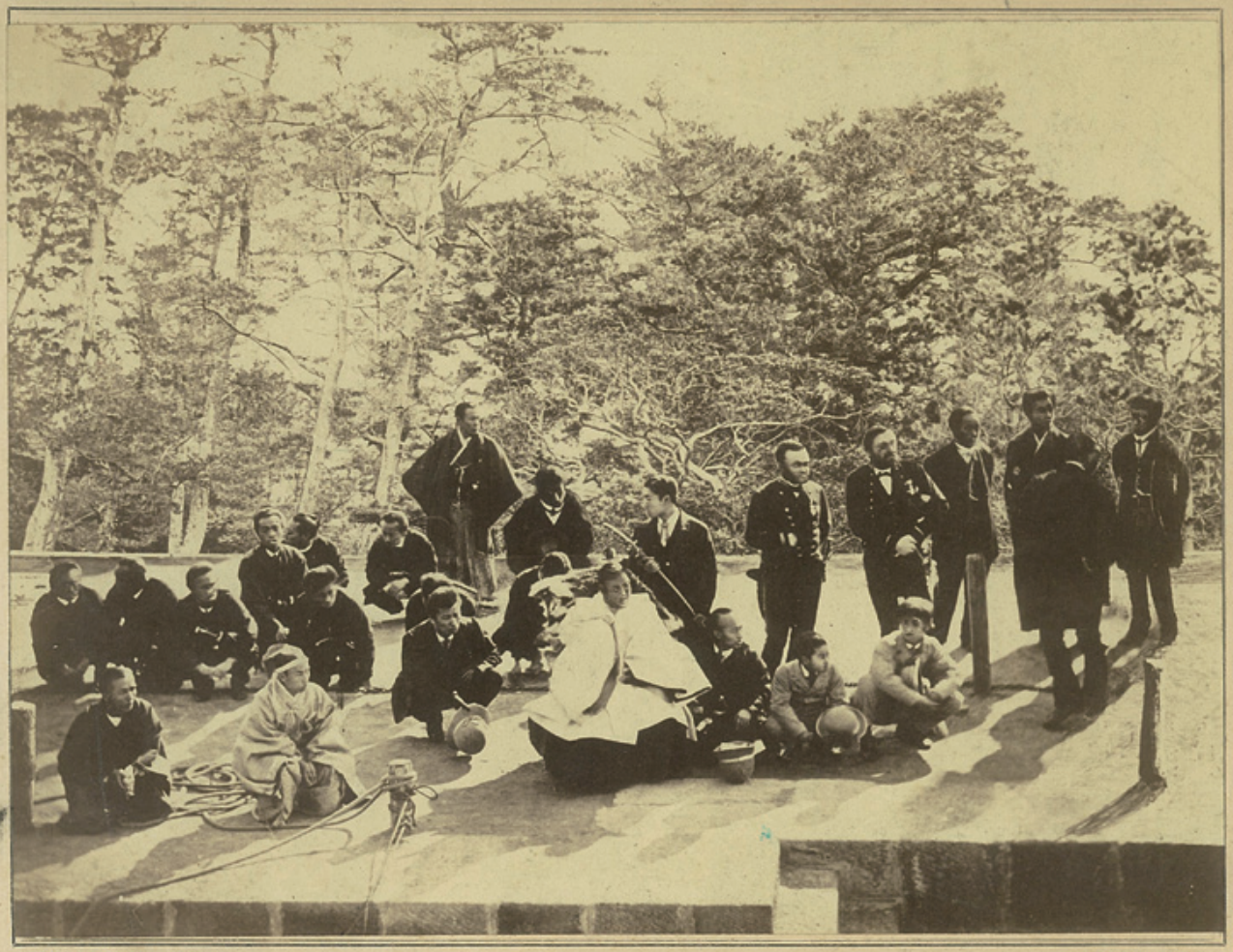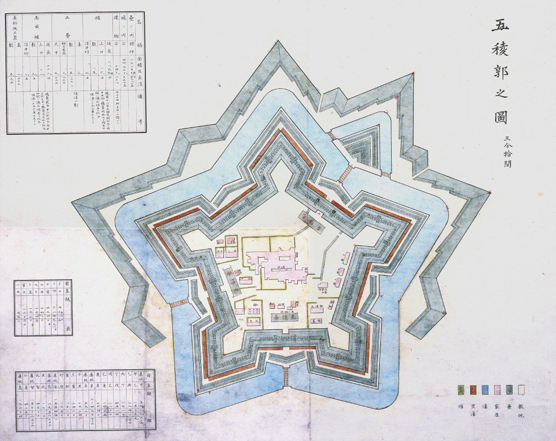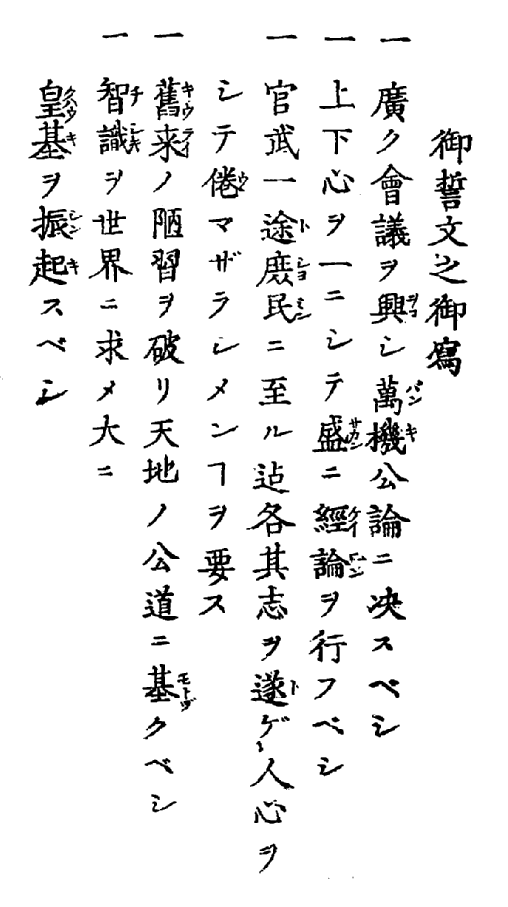The View From Below
As the new Meiji government continued to develop and expand, so did the participation of Japanese commoners in the political process. The 1870s witnessed the Iwakura Mission and the birth of Japan’s first newspapers which were quickly followed by censorship laws.














Recent Comments